BLOG
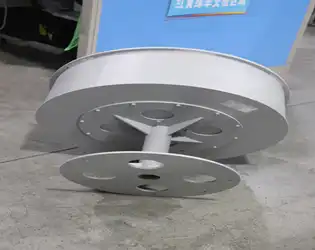
In which satellite communication systems is the Quadrifilar Helix Antenna most frequently applied?
February 13, 2025
The Quadrifilar Helix Antenna (QHA) has emerged as a crucial component in modern satellite communication systems, offering unique capabilities that make it particularly well-suited for specific applications. This comprehensive analysis explores the primary satellite communication systems where QHAs find their most frequent and effective applications, examining their technical characteristics, operational advantages, and practical implementations across different satellite communication platforms.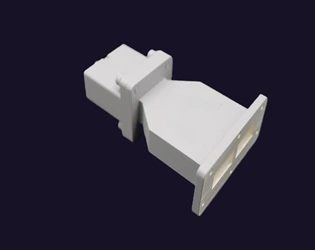
What are the Different Types of Waveguide Power Dividers and their Unique Characteristics?
February 13, 2025
Understanding waveguide power dividers is crucial in modern microwave and RF engineering applications. These essential components play a vital role in signal distribution and power management across various frequencies. Waveguide power dividers are specialized devices designed to split an input signal into multiple output signals with specific phase and amplitude relationships. They come in various configurations, each offering unique advantages for different applications in satellite communications, radar systems, and telecommunications infrastructure. The selection of an appropriate waveguide power divider depends on factors such as frequency range, power handling capabilities, insertion loss requirements, and phase relationships between output ports.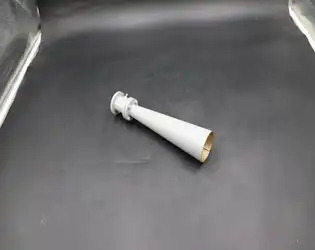
February 13, 2025
The cone angle of a Conical Linear Polarization Horn Antenna plays a crucial role in determining its radiation characteristics and overall performance. This fundamental parameter significantly influences the antenna's beamwidth, gain, and radiation pattern symmetry. When the cone angle is adjusted, it directly affects the electromagnetic wave propagation and the resulting field distribution at the antenna aperture. Understanding this relationship is essential for engineers and designers working with microwave systems, as it enables optimal antenna design for specific applications in satellite communications, radar systems, and telecommunications.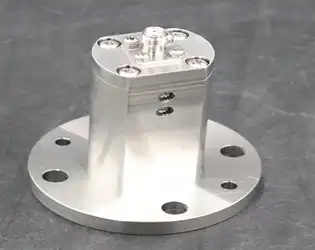
Are there size limits for Circular Waveguide To Coaxial Adapter?
February 12, 2025
When discussing the size limitations of Circular Waveguide To Coaxial Adapters, it's crucial to understand that these components are designed to operate within specific frequency ranges and power handling capabilities. The size constraints are primarily determined by the operating frequency, power requirements, and mechanical considerations. These adapters serve as critical components in microwave systems, facilitating the transition between circular waveguide and coaxial transmission lines while maintaining optimal signal integrity and minimal loss.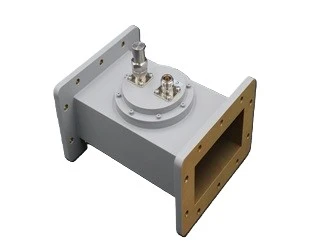
What is the basic principle of operation for a Waveguide Loop Coupler?
February 12, 2025
The Waveguide Loop Coupler represents a fundamental component in microwave engineering, serving as a critical device for power sampling and signal distribution in various microwave systems. This sophisticated device operates on the principle of electromagnetic coupling between two waveguides through a precisely designed coupling loop. The basic operation involves transferring a specific portion of the electromagnetic energy from the primary waveguide to a secondary waveguide through a carefully calculated loop structure. This coupling mechanism allows for precise power division while maintaining minimal insertion loss in the main transmission path. Understanding the operational principles of Waveguide Loop Couplers is essential for engineers and technicians working in microwave communications, radar systems, and various other high-frequency applications.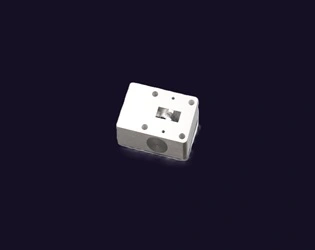
How does a Waveguide Isolator prevent signal reflection?
February 12, 2025
In modern microwave systems, signal reflection can cause serious performance issues and potentially damage sensitive equipment. Waveguide isolators play a crucial role in preventing these unwanted signal reflections by allowing electromagnetic waves to travel in only one direction while blocking reverse propagation. These specialized devices utilize magnetic materials and precise engineering to create a non-reciprocal transmission path, effectively protecting source components from reflected power that could otherwise cause interference or damage to the system.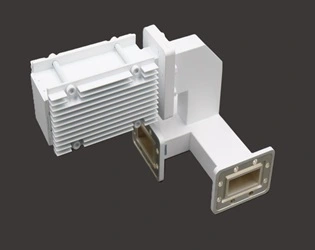
How does the E-Plane Tee divide and combine electromagnetic signals?
February 12, 2025
The E-Plane Tee is a fundamental passive microwave component that plays a crucial role in waveguide systems for signal division and combination. This three-port waveguide junction is specifically designed to divide or combine electromagnetic signals in the E-plane, which is parallel to the direction of the electric field in the waveguide. When electromagnetic waves enter through the main arm, the E-Plane Tee efficiently splits the power between its output ports while maintaining phase relationships and impedance matching. This capability makes it an essential component in various microwave applications, from power division networks to antenna feed systems.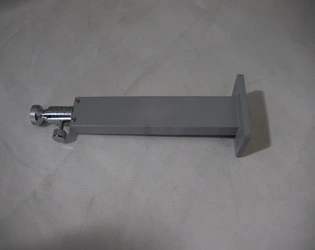
February 12, 2025
The position of the sliding part in a Waveguide Sliding Termination plays a crucial role in achieving optimal impedance matching in microwave systems. This sophisticated component allows for precise adjustment of the termination impedance by varying the position of its sliding element along the waveguide axis. The sliding mechanism enables fine-tuning of the reflection coefficient, making it an invaluable tool for microwave measurements and system optimization. Understanding this relationship is essential for engineers and technicians working with microwave systems, as proper impedance matching directly impacts system performance and measurement accuracy.




